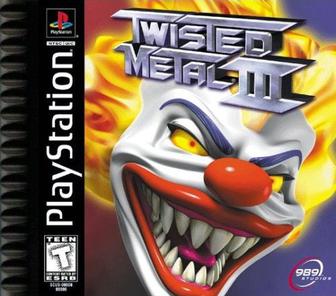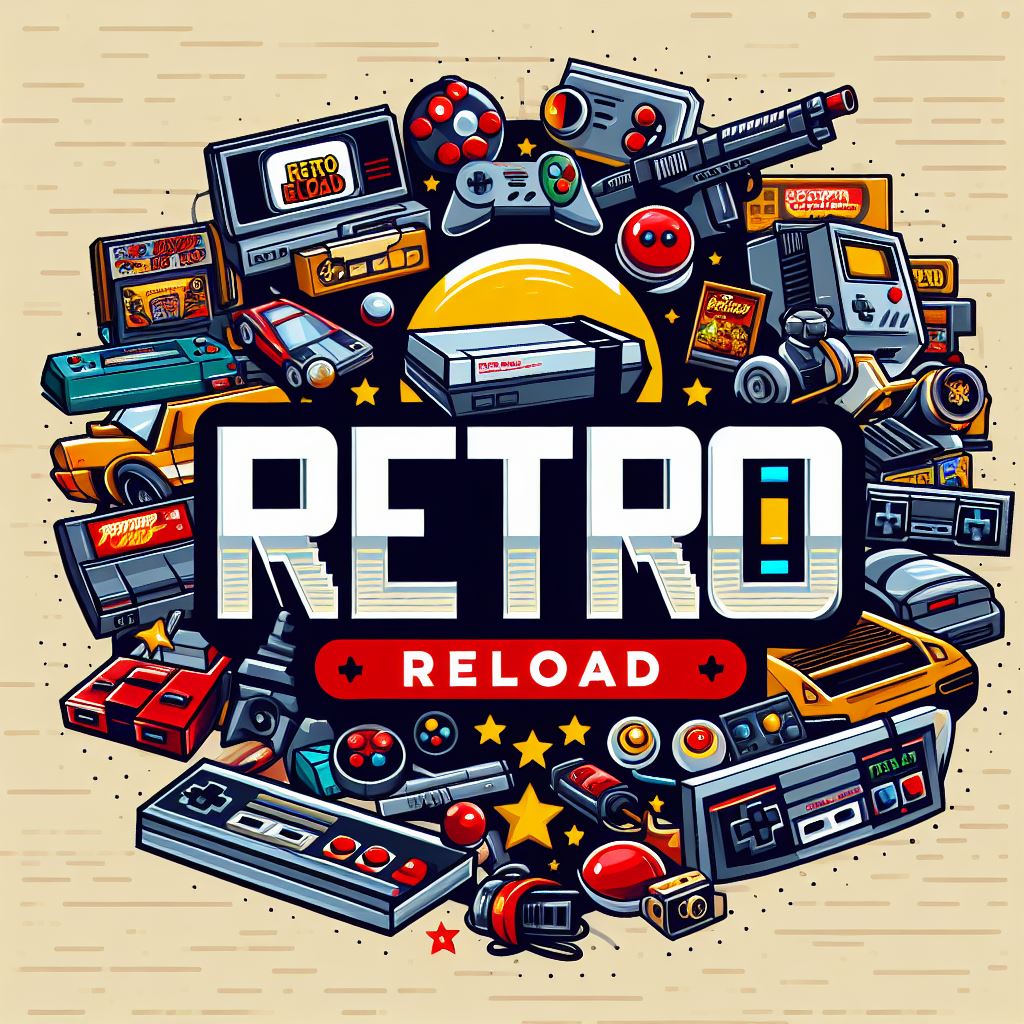
Twisted Metal III, the third installment in the iconic vehicular combat series, hit the PlayStation One in 1998, leaving a lasting impact on fans of the genre. Developed by 989 Studios, replacing SingleTrac, this entry aimed to deliver even more chaotic and explosive action than its predecessors. As we take a trip down memory lane, let’s explore what made Twisted Metal III a memorable, if controversial, chapter in the series.
New Directions and Familiar Faces
Twisted Metal III continued the tradition of high-octane vehicle combat across post-apocalyptic landscapes. Players chose from a diverse lineup of cars and drivers, each equipped with unique weapons and abilities, battling it out in destructible arenas to be the last one standing. The game featured returning favorites like Sweet Tooth, the maniacal clown driving his infamous ice cream truck, alongside several new entrants, adding fresh dynamics to the roster.
The third installment attempted to build on the foundation laid by its predecessors with updated graphics and more intricate level designs. Levels were larger and included famous locations twisted into battlegrounds, from a ravaged Washington D.C. to the eerily quiet suburbs, providing players with both the thrill of exploration and the excitement of destruction.
Gameplay: Evolution or Revolution?
While Twisted Metal III maintained the core mechanics that fans loved—fast-paced action and strategic combat—the transition from SingleTrac to 989 Studios brought significant changes in gameplay feel and vehicle handling. The physics engine was overhauled, which some players felt led to less precise controls compared to earlier entries. However, this installment introduced a more accessible experience for newcomers, featuring simplified controls and an adjusted difficulty curve that aimed to attract a broader audience.
The game also expanded on its arsenal of weapons and power-ups, offering more variety and strategic options during combat. Players could now enjoy a wider selection of temporary boosts, traps, and direct attacks, allowing for more complex and thrilling combat scenarios.
Check out this video review of Twisted Metal III! Dive into the chaotic vehicular combat, explore unique vehicles and dynamic arenas, and see why this PlayStation classic is so beloved. Click play to join the action!
Soundtrack: Rocking the Wasteland
One of the most celebrated aspects of Twisted Metal III was its soundtrack, which featured a mix of original music and licensed tracks from notable rock bands like Rob Zombie and Pitchshifter. This high-energy soundtrack perfectly complemented the game’s chaotic nature, enhancing the overall immersive experience of the battles and becoming a defining feature of the game’s atmosphere.
Reception and Legacy
Twisted Metal III received mixed reviews upon release. Critics praised its enhanced graphics and the inclusion of more interactive and expansive environments but criticized it for what some saw as a step back in gameplay depth and originality. Despite this, the game was a commercial success and remains a beloved title for many fans of the series.
Over the years, Twisted Metal III has been regarded with a sense of nostalgia and appreciation for its role in shaping the vehicular combat genre. While it may not have reached the heights of its predecessor, Twisted Metal II, in terms of critical acclaim, it still stands as a significant part of the PlayStation’s legacy, remembered for its bold attempts to innovate and entertain.
Conclusion
Twisted Metal III for the PlayStation One carved its own path in the mid-90s gaming scene, delivering adrenaline-pumping action and unforgettable chaotic battles. Whether you were a fan of its gameplay changes or preferred the earlier titles, there’s no denying the impact it had on the era and its lasting appeal to fans of classic gaming. As we look back, Twisted Metal III reminds us of the wild and explosive fun that video games can offer, making it a worthy part of any retro gamer’s collection.

